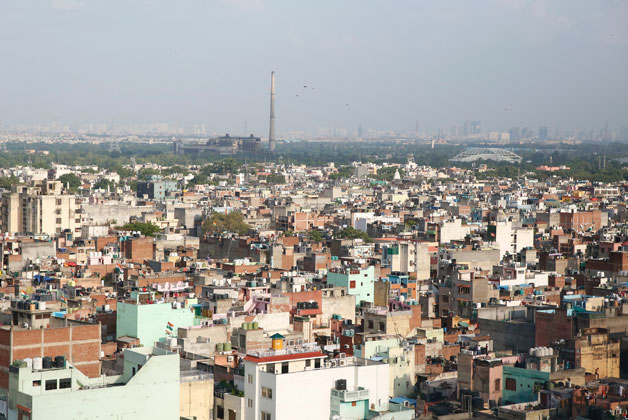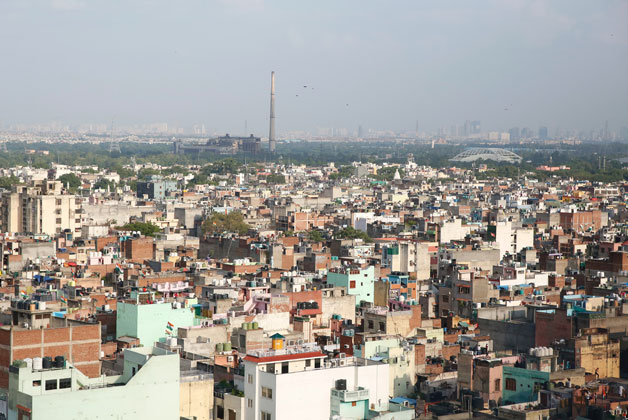

The interaction between identity, history and community evolves spaces into contested or cordial ones. Nazima Parveen, in her book ‘Contested Homelands: Politics of space and identity’ describes how the perspectives around Muslim dominated localities have changed over the past four decades. In the 1940s, Muslim occupied areas were administered for the sake of communal harmony; in the 50s, the same areas needed to be protected, and in the decade of the 60s, these zones were marked as isolated, unhygienic and those that needed to be cleansed. In the 1970s Muslim dominated areas were viewed as ‘mini-Pakistans’ that had to be dismantled. Muslim controlled areas were regarded as closed and threats to internal security.
The history of Delhi is one of a constant battle among communities on meat sale and consumption. Even as caste based mohallas gave way to ilaqas that were demarcated by religion, the predominant issues that defined the city were vegetarianism and cow protection. It is indeed revealing to note that the beef issue is not just a recent phenomenon. The contest over cows started very early in Mughal times, and was in a way settled by the insightful kings, who actually ruled against cow slaughter, even during the Eids. The issue came back to foment trouble when the British ruled Delhi and brought back beef trade.
The Hindu Muslim contest in Delhi got significantly more tense in the aftermath of the Partition. A large population of Delhi estimated to be more than 5 lakh Muslims were reduced to less than 1.5 lakhs and thousands were put up in really poor conditions at the camps in Purana Qila and Jama Masjid. Even as things settled with the intervention of Gandhiji, Azad and Nehru, the Jan Sangh’s victory in the 1967 election brought back the dreadful communal virus and rioting broke out again. Delhi, which was a mixed city with large Muslim concentrations became a segregated space where mixed localities gave way to only Hindu and only Muslim ilaqas.
The resurgence of right-wing Hindu Nationalism, entrenched stereotypes, hate crimes against Muslims and socio-economic backwardness of the community is challenging the existence of pluralistic spaces. N C Saxena, the former Member of the Planning Commission, believes that Muslim concentration in wards and constituency increases their safety, allows political consolidation and economic benefits. Anant Mariganti , Founder , Hyderabad Urban Lab, reinstates the idea that ‘ghettoisation’ reduces the transactional cost of living, thus facilitating survival. In tune to that, the period of 80s saw the springing up of private housing on communal lines comprising educated upper-middle-class denying residence rights to other religious groups
Read More: https://www.siasat.com/the-delhi-riots-tracing-the-historical-reasons-2120429/
